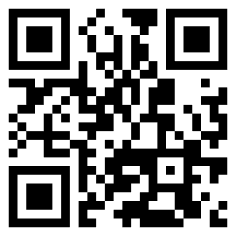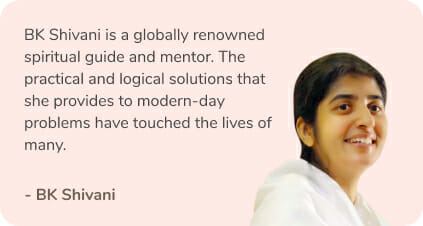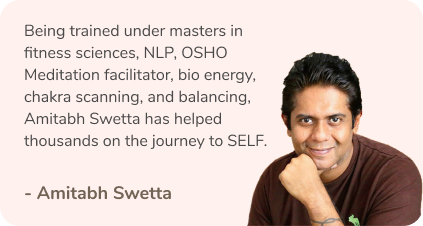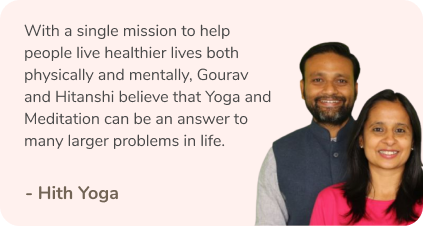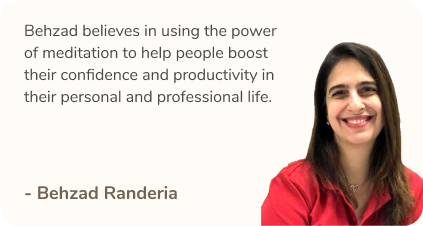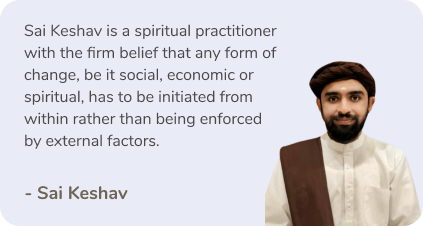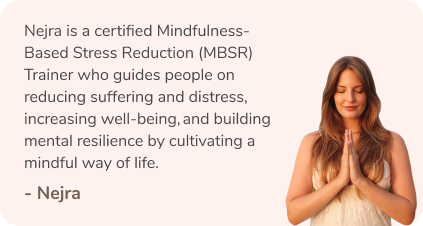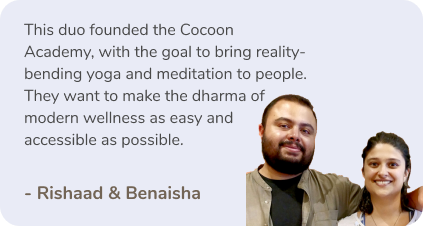What does productivity mean to you? Cambridge Dictionary defines productivity as a person’s ability to do as much work as possible in a particular period. But everyday life isn’t linear. It’s easy to produce observations based on abstract units of work but life doesn’t work that way, it isn’t a supply chain that can be managed. Being productive in life goes much deeper than a day planner or a to-do list.
And while the end goal of why you wish to be productive in life is completely personal to you, productivity should always be about getting the best results in less time and effort. It needs to be a tool to free up time and mental space for you to do the things you enjoy doing. When you accomplish more daily, you finish your duties in a timely manner, reducing the adverse effects of life’s stressors.
We often think that being busy is being productive, but that’s incorrect. When you truly unlock the real meaning of productivity for yourself, you’ll be chasing goals and dreams rather than deadlines and to-do lists. You’ll be ahead of schedule, ahead of your never-ending to-do list. But how can you get there? Productivity starts with creating lasting habits of achievement that help you work smarter, not harder. And so, we’ve put together 5 steps needed to create a healthy productivity system that works just right for you.
1. Discover what brings you productivity
The first thing you need to do before you create a system is to connect your productivity to your passion. If you have no purpose that drives you, you’re chasing a sightless goal. Sure, you want to make more money or go on lavish vacations but what’s the hunger that’s driving you forward? Do you want to be a better you? Do you want to be better for your family, your partner, your community? Anchoring this ultimate purpose to yourself will guide you through both the good and the bad times.

2. Identify your productivity drains
The main purpose of a productivity system is to help you be more productive. But how can you do so when you don’t know what to work on? Identifying your weaknesses is a wonderful place to start when building a productivity system. Before you try to be more productive, ask yourself, “What do I struggle with when it comes to being productive?” Track your habits and make a note of when you procrastinated or failed to complete your to-do list. Ask yourself why, what step did you take to reach this conclusion?
3. Look to others action steps
Success leaves clues, failure does too. Finding someone to model your productivity system after can give you a clear vision of what it should look like for you, or maybe even what it shouldn’t. If you wish to increase your productivity at work, connect with a colleague known for their notable efficiency. Ask them how they designed their structure and if they are using any particular tools. This can help you embody meaningful productivity both professionally and personally.
4. Turn it into a habit
Wouldn’t it be nice if one fine day you say, “I’m going to change my life” and then it just happens without any effort or time? Well, life is work, and to make life work, you need to put in that dedication and effort needed. Forming a new habit takes up to 3 months, from writing a daily to-do list to regularly going to the gym. Once your task turns into a habit, it can be seamlessly integrated into your routine, becoming second nature rather than a burden to overcome.

5. Get the right tools
Yes, success is 80% psychology and 20% mechanics but having the right tools can get you through your setbacks effortlessly. Read up on top productivity strategies and test out what works and doesn’t work for you. Efficient tools can help you manage your work better, track your progress and your downfalls, so you can be on top of your task list without facing anxiety and pressure.
While to-do lists make you feel accomplished at the end of the day, they don’t necessarily guarantee the accomplishment of your goals. To understand your plan for the day, you need to understand your plan for life. Discover first what really matters to you and then as you design a system for productivity, you’ll create more time for the things that hold true meaning for you.
This guided meditation will help you up your productivity at work.
Read more: 5 Ways You Can Prioritize Work-Life Balance
Like & Follow ThinkRight.me on Facebook, Instagram, Twitter and Telegram to stay connected.

